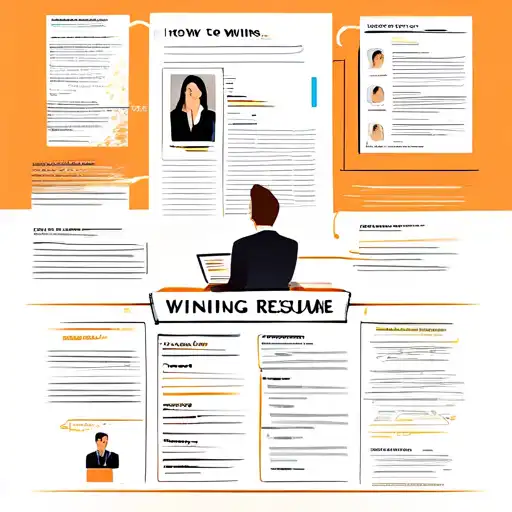Introduction
In today's competitive job market, having a standout resume is more important than ever. It's your first impression on potential employers, and it needs to shine. This guide will walk you through the steps to craft a winning resume that captures attention and lands you interviews.
Understanding the Basics
Before diving into the design and content of your resume, it's crucial to understand what employers are looking for. A well-structured resume that highlights your skills, experiences, and achievements in a clear and concise manner is key.
Key Components of a Resume
- Contact Information: Ensure your name, phone number, email, and LinkedIn profile are up-to-date.
- Professional Summary: A brief overview of your career goals and what you bring to the table.
- Work Experience: List your relevant work history, focusing on achievements rather than duties.
- Education: Include your highest degree first, along with any relevant certifications.
- Skills: Highlight both hard and soft skills that are relevant to the job you're applying for.
Customizing Your Resume
One size does not fit all when it comes to resumes. Tailoring your resume for each job application can significantly increase your chances of getting noticed. Use keywords from the job description and align your skills and experiences with the requirements of the position.
Tips for Customization
- Research the company and the role to understand what they're looking for.
- Use action verbs to describe your achievements and responsibilities.
- Quantify your achievements where possible to provide concrete evidence of your success.
Design and Formatting
A clean, professional layout is essential for readability. Avoid overly creative designs unless you're applying for a creative position. Stick to a simple, clean format with consistent fonts and bullet points for easy scanning.
Formatting Tips
- Keep it to one page if you're early in your career, two pages maximum for more experienced professionals.
- Use bullet points to break up text and make your resume easier to skim.
- Choose a professional font like Arial or Times New Roman, and keep the font size between 10 and 12 points.
Proofreading and Feedback
Before sending out your resume, make sure it's free of typos and grammatical errors. Ask a friend or mentor to review it and provide feedback. A fresh set of eyes can catch mistakes you might have missed.
Final Checks
- Read your resume aloud to catch any awkward phrasing or errors.
- Ensure all dates and job titles are accurate.
- Save your resume as a PDF to preserve formatting, unless otherwise specified.
Conclusion
Crafting a winning resume takes time and effort, but it's worth it. By following these tips, you'll create a resume that stands out from the crowd and moves you closer to your dream job. Remember, your resume is a living document—keep it updated as you gain new skills and experiences.
For more career advice, check out our guides on interview tips and networking strategies.
